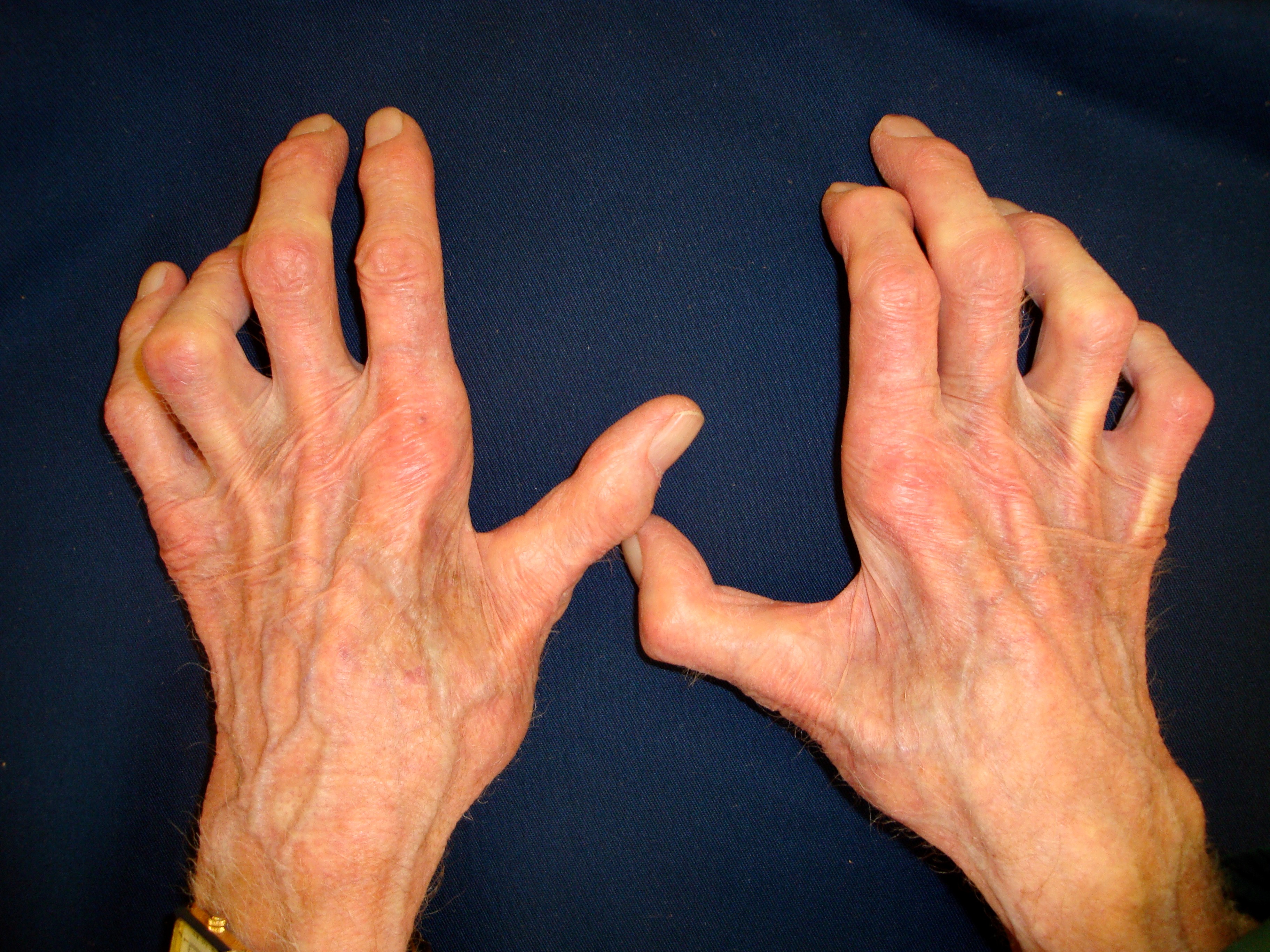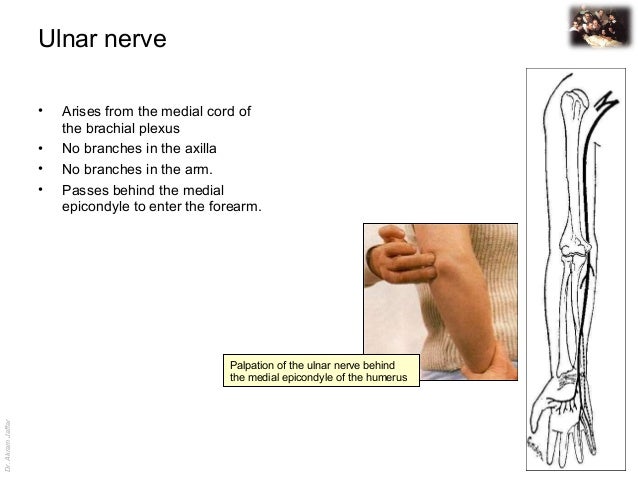
What are the best cubital tunnel syndrome exercises for relief?
warming up thoroughly before exercising. avoiding clothing or sports equipment that compresses the elbow. wearing an elbow pad during the day to provide protection. adjusting computer or writing workspaces so that the chair is not lower than the tabletop. taking over-the-counter (OTC) anti-inflammatory medications, such as aspirin and other nonsteroidal anti-inflammatory drugs (NSAIDs). wrapping the impacted arm loosely with padding, such as a cloth, towel, or pillow, or wearing an elbow splint at night to prevent the elbow from bending. resting the arm and elbow when possible. driving with the arm resting on an open windowĪdditional home treatments that may help include:. sitting with the arms on an armrest for a long while. holding a book or tablet up for a long time. 
Initially, people may find relief by resting and avoiding actions that aggravate symptoms, such as: Several at-home treatments may provide some relief from the symptoms of cubital tunnel syndrome. It may take 3–6 weeks to recover fully from surgery for cubital tunnel syndrome, and most people require physical therapy afterward.
Medial epicondylectomy: A surgeon removes part of the bony bump in the elbow preventing the nerve from rubbing against the bump. This procedure prevents the nerve from rubbing against the bump. Ulnar nerve anterior transposition: The surgeon moves the nerve from behind the bony bump, the medial epicondyle, in the elbow to in front of the bump. Cubital tunnel release: The surgeon opens the cubital tunnel to increase its size in order to relieve pressure to the affected nerve. Doctors may recommend surgery for people experiencing muscle loss or weakness in their hand because of cubital tunnel syndrome.Ī surgeon may recommend one of the following procedures: If symptoms are extreme, chronic, or do not respond to other forms of treatment, surgery may be necessary. People whose symptoms are severe or last longer than 6 weeks should consult a doctor. Additionally, a doctor may advise anti-inflammatory medications to help reduce swelling. Wearing a rigid brace will help a person keep their arm straight and prevent bending, which may cause discomfort. previous fracture or dislocation of the elbowįor many people with cubital tunnel syndrome, a doctor will prescribe a splint or padded elbow brace to wear at night. 
repetitive or prolonged movements that involve bending or flexing the elbow.Additionally, the ulnar nerve may not stay in place during movement and can instead snap back and forth over a bony lump in the elbow, causing irritation.Ĭertain activities or previous injuries may also put people at a higher risk of developing cubital tunnel syndrome.

As such, crowding in this area can put extra pressure on the ulnar nerve. Anatomy: The elbow joint is a junction for many nerves and blood vessels in the upper extremities of the body.If a person keeps their elbow bent for a long time, such as during sleep, this can stretch the nerve behind the elbow. Stretching: Similarly, due to the way the nerve passes through the cubital tunnel, it is also vulnerable to stretching.This pressure can compress the nerve and lead to numbness in the ring and little fingers.

As a result, the ulnar nerve is very susceptible to direct pressure, such as leaning on the arm on a firm surface. Pressure: The cubital tunnel is a very narrow space with little soft tissue covering it.Potential causes of cubital tunnel syndrome include: A direct cause may not always be obvious because many factors can contribute to this discomfort.








 0 kommentar(er)
0 kommentar(er)
